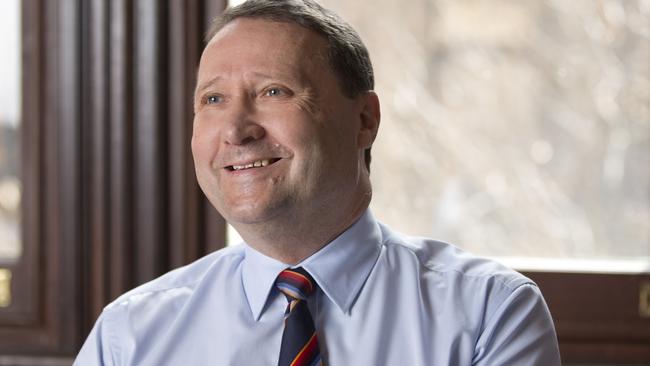Attention to clients’ needs key to being a successful consultant
There’s more to consultancy than printing a business card and changing your LinkedIn profile.

There are a lot of people who euphemistically refer to themselves as consultants when they’ve actually been cast on the corporate scrapheap.
They’re mostly highly experienced professionals and executives with valuable expertise to share in their area of knowledge — but little expertise on what it takes to become a successful consultant.
There’s more to it than printing a business card and changing your LinkedIn profile. Not everyone has the personal and professional attributes to make consultancy work, or the tools to demonstrate their effectiveness to clients.
If you’re considering striking out on your own or assessing your options after redundancy, it’s essential to be honest in determining whether you have what it takes and are prepared to put in the necessary hard yards.
You’ll need motivation, resilience, the ability to juggle priorities and the capacity to network and to sell yourself. You’ll also need enough money to live on until your business becomes established. And you’ll need to know how you will differentiate your business from the multitude of similar consultants in almost every field.
Your hourly or daily rate should not be the only thing distinguishing you from competitors — and, to be sustainable, needs to be sufficient to support your desired lifestyle without having to work 80 hours a week.
Don’t forget the process of bringing in work — whether via tenders, presentations or networking — can be time-consuming but doesn’t earn you a penny. The same goes for self-promotion.
The most important attribute a consultant can learn is the ability to clearly articulate and demonstrably deliver the business outcome the client actually needs, as opposed to what the client thinks they need. It may seem weird, but time and again businesses embark on projects without knowing what outcomes they hope to achieve beyond being “to specification, on time and on budget”.
To use an analogy, the client tells you they want a four-bedroom house in Hawthorn or Surry Hills for a certain budget. You can show them a house that ticks all of their boxes, only to find they reject it as it doesn’t meet their true goal, which is actually a certain lifestyle.
When setting business outcomes, you need to articulate the end state the business wants to achieve before the start of the project. The outcomes need to be measurable and leave no ambiguity.
Each business outcome must present a benefit — whether that’s reducing cost, increasing staff loyalty or improving production quality — and the outcome and benefit should be clearly paired.
For example, the business outcome could be to move 30 per cent of customer queries from a call centre to a website.
The associated benefits could include reduced cost, increased call centre staff morale and reduced staff turnover.
If you’re targeting a financial benefit — and not all benefits can be measured financially, at least in the short term — the assumptions underpinning that result need to be clearly laid out, as circumstances can change over the life of any project.
The rule of thumb is that any financial benefit that does not hit the bottom line is financial engineering — and not true financial benefit.
Only by enabling your clients to achieve the business outcomes and bank the benefits they need can you have the successful consulting business you desire.
Jed Simms is founder and chief executive of Totally Optimized Projects.



To join the conversation, please log in. Don't have an account? Register
Join the conversation, you are commenting as Logout